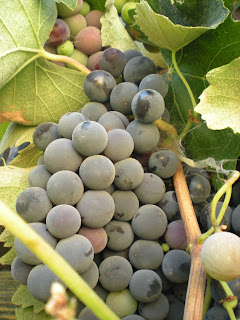Fall is the season to harvest what we have planted. If you
have a bumper harvest of fruits from your tree, they can be cooked and
preserved such as jams or jelly.
My neighbor Marie has a fig tree and turns the fruit she
harvests into a jam. This year she gave me a jar of her fig jam. She used a
mason jar to make the jam which makes it look very professional.
Her fig jam is really good, it is not overly sweet and you
can taste a hint of lemon juice.
Fig trees produce more figs than most people know what to do
with them. Making jam out of the ripe figs is a simple solution to this. The
procedure is simple and you only need a few ingredients to prepare the jam.
Ingredients: Makes about 7 jars (8 ounces
per jar)
1) Ripe figs (about 3 to 5 lbs)
2) Sugar (amount should be equal to the amount
of fig)
3) Lemon juice (1/4 cup)
4) Pectin (use 1 box, available in most
supermarkets)
Procedure:
1) Trim any stems from the fig.
2) Chop the figs for faster cooking
3) Simmer the figs; stir occasionally to avoid
sticking to the saucepan. Simmer until tender.
4) Add sugar (use equal amount of sugar to
fruit ratio) and bring back to boil.
5) Add lemon juice and pectin. The lemon juice
would add tartness and makes the jam last longer. The pectin would improve the
consistency of the jam.
6) Bottle the jam in sterilized mason jars.
















